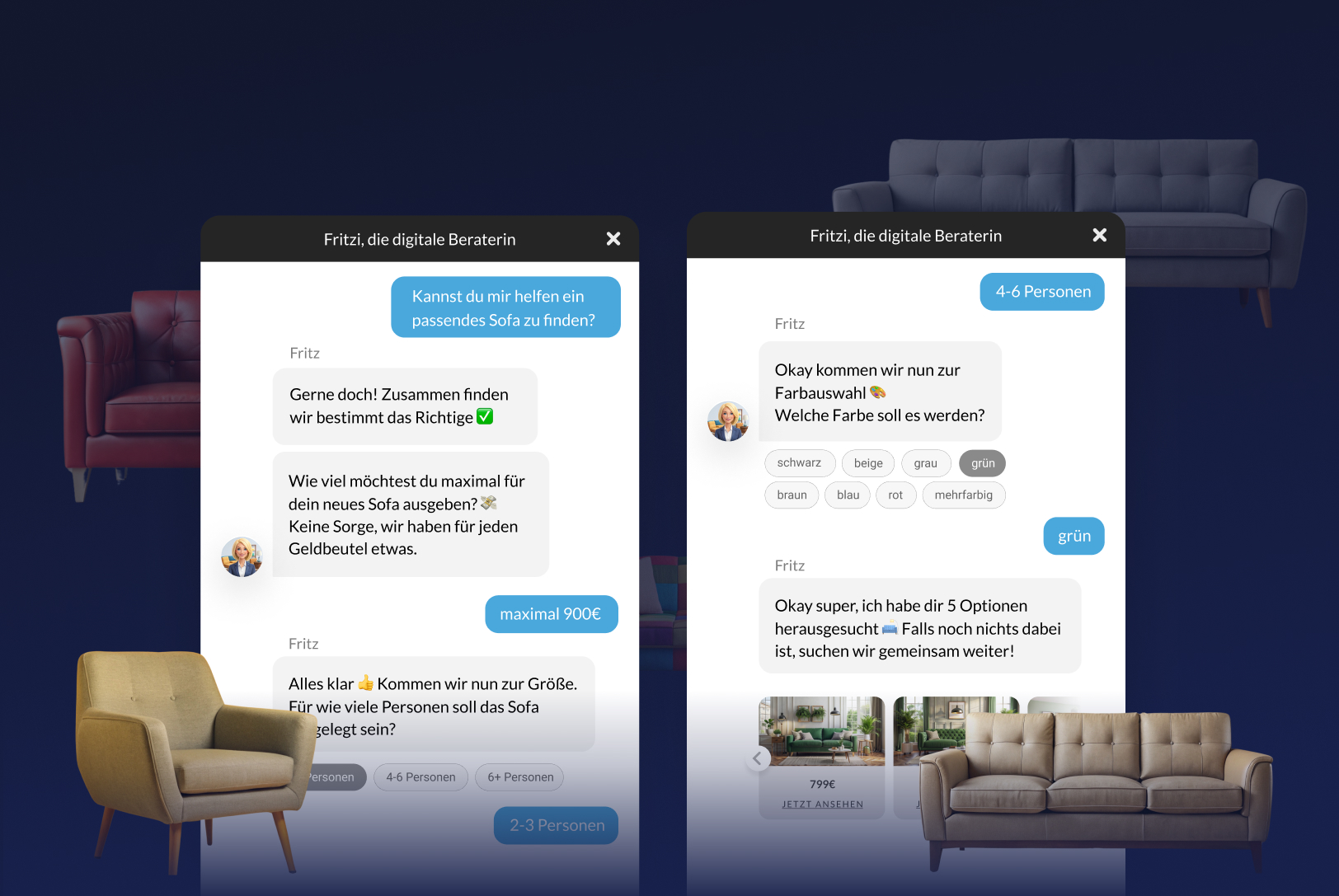"Chatbots?" - "I've only had bad experiences with them!"
Such statements are becoming more common with the rise of technology and easy access. But experts in the field know that there is another way. In fact, 80% of all customer queries can be solved with the help of well-designed bots (Accenture). Through our years of experience, we have collected 20 valuable and easy-to-implement tips that immensely improve the user-friendliness of voice and chatbots:
- Give your users the possibility to communicate with your chatbot via buttons as well as free text input. This is the best way for users to enter their concerns and formulate them freely.
- Conduct a user acceptance test before your go-live. This will help you find out if the bot really meets the needs of your target audience.
- Apply the "One-Breath Technique" when drafting Voice Bot Messages. If you can say the answer out loud without taking a breath, the answer is the optimal length.
- Make your bot more likeable by having it respond emphatically to your users' questions and answers. Depending on the area of application and your own corporate culture, you can make your bot seem cheeky or particularly serious.
- Avoid overly complex and inefficient software integrations with voice bots. They can lead to a delay in response, which can quickly lead to frustration and premature termination for users.
- "Excuse me?" Sometimes you don't understand everything right away. Your voice bot must therefore be able to repeat an answer for the user.
- A chatbot is like a baby. It has to learn first. Train your bot, especially directly after go-live. Especially in the beginning, users and bot have to get used to each other. Customers come in with queries that may not have been expected. The bot cannot retrain the answer to these on its own, which is why human assistance is required here.
- Use different variants in the error message or other frequently used responses of your bot. This way the conversation will be more natural for users.
- Use the startup message to welcome your users and explain what your bot can and cannot do. This will help you avoid false expectations.
- Be honest and tell your users that they are talking to a virtual assistant and not a real person. If this fact is hidden and users find out, they may feel betrayed and frustrated (this phenomenon is also called Uncanny Valley).
- Reduce the development time of bots and focus more on training and optimization after go-live. This way, you can individually adapt your bot to the first conversations with your customers and update missing intents.
- Regularly check whether all functions of your bot are still running properly. The easiest way to do this is with automated tests. When conversations stall, the likelihood of users bailing is very high.
- Define KPIs and goals you want to achieve with your bot project. Common KPIs are metrics like error message rate or human handover rate.
- Create personas for the users of your bot. With them, you can best tailor conversations to the needs of your users.
- If you want to adopt your FAQs for your bot, you need to adapt them to the new format. Adapt them so that the information is conveyed as in a real conversation.
- Use real customer queries from the past to create content for your bot. This will ensure that the bot can answer your users' queries.
- If chatbots do not have an answer ready, they should offer the possibility of seamlessly forwarding to real employees. This increases customer satisfaction and trust. The reason for the handover should be examined more closely in the course of the conversation and the corresponding content should be updated in order to optimize the conversation with the bot.
- Use the "Wizard of Oz" test method even before the start of chatbot development to validate your conversation map concept with real users. This saves time and money and helps you to find out whether individual functionalities are actually used and necessary.
- Build feedback questions into the chatbot, such as "Was this information helpful?" This allows you to measure customer satisfaction directly in the conversation.
- You can use bots to either automate existing communication or create new communication channels. The latter requires a marketing concept. Consider at an early stage how your users can be made aware of the voice or chatbot. Should this be implemented in a large-scale marketing campaign or only as a defensive reference on the company website?
Just following a few of these tips will quickly lead to more acceptance of the bots and significantly increase user satisfaction. However, the time after the go-live should be permanently invested in support and optimization. Customer needs change constantly and the knowledge of the bot must be maintained and expanded. Especially with conversational AI technology, standing still means going backwards.
Download yourself here to download the matching infographic with an overview of all 20 tips.
Have you encountered any questions or difficulties in your bot development? Then write us a comment below in the comment section and we will give you an individual tip for your concern!
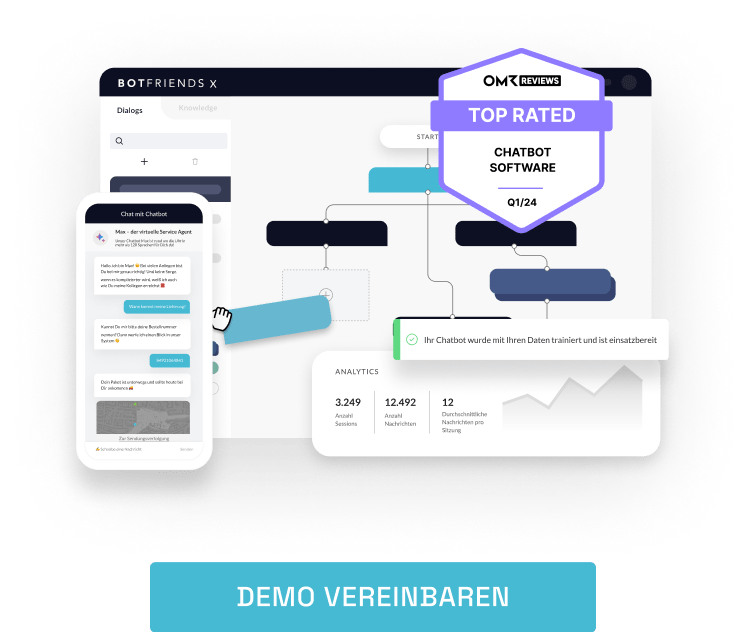
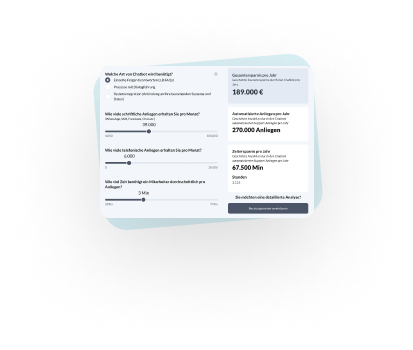 Chatbot ROI Calculator
Chatbot ROI Calculator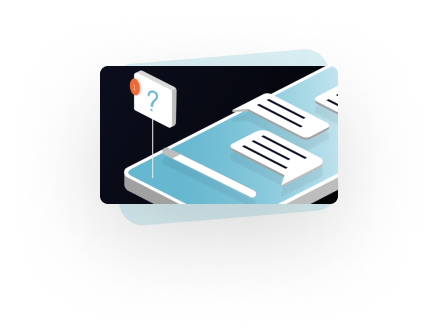 Free training: Chatbot crash course
Free training: Chatbot crash course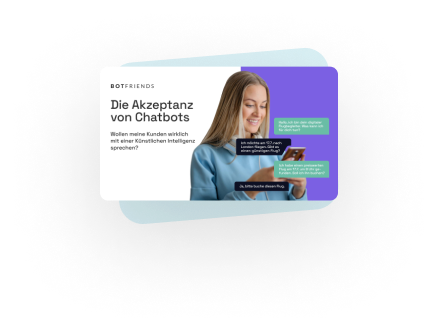 Whitepaper: The acceptance of chatbots
Whitepaper: The acceptance of chatbots
